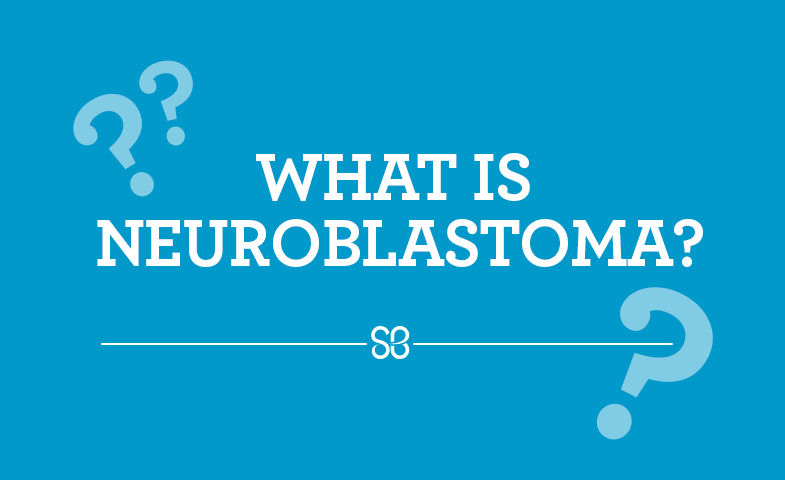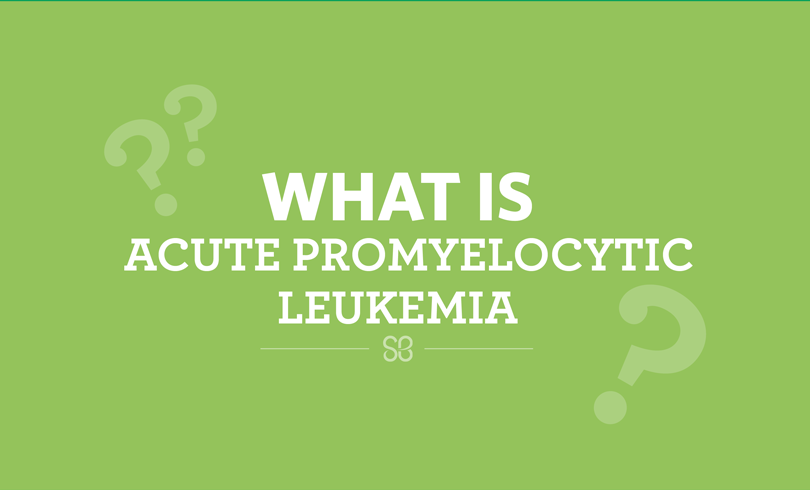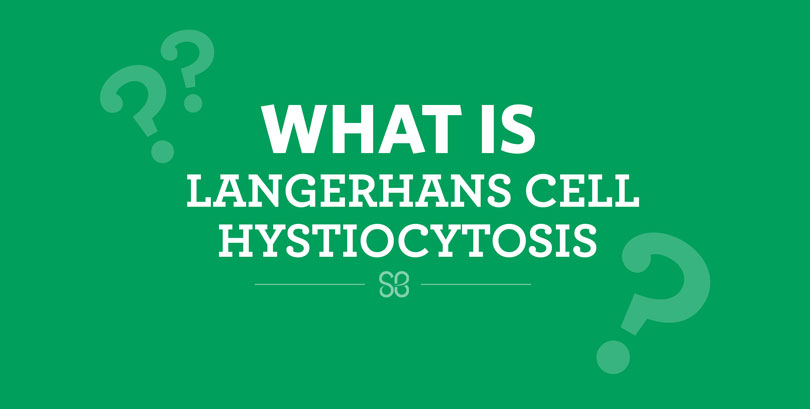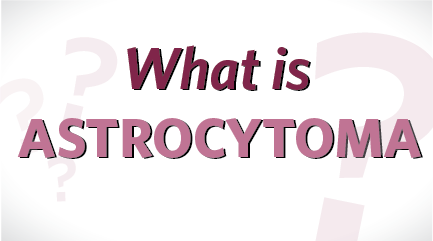What Is Wilms Tumor?

What is Wilms tumor?
Wilms tumor is a cancer of the kidney. It is one of the most common types of childhood cancer, with approximately 500 new patients a year in the United States alone. It was named after German surgeon Max Wilms, who is credited with discovering the cancer in 1899. There are several other less common types of kidney cancer that affect children and teenagers. These include clear cell sarcoma, malignant rhabdoid tumor, and renal cell carcinoma.
What Is Neuroblastoma?

Susan L. Cohn, M.D., chair of the St. Baldrick’s Scientific Advisory Committee and world renowned neuroblastoma expert, explains what neuroblastoma is and how St. Baldrick’s research is contributing to better outcomes for patients.
What Is Juvenile Myelomonocytic Leukemia (JMML)?

Dr. Elliot Stieglitz is a St. Baldrick’s Fellow at the University of California, San Francisco. He’s researching ways to help kids with JMML who don’t respond to standard treatment. He explains JMML symptoms, treatment options, and how your support is moving research forward.
What is JMML?
Juvenile myelomonocytic leukemia (JMML) is a type of blood cancer that affects young children.
What Is Diffuse Intrinsic Pontine Glioma (DIPG)?

What is DIPG?
DIPG stands for diffuse intrinsic pontine glioma. It is a type of high-grade glioma, a brain tumor that comes from cells called glia that surround, protect, and otherwise support the nerve cells in the brain.
DIPG is always found in the brainstem. This part of the brain controls many basic functions like breathing and swallowing, as well as muscles that help with speech and eye movements.
It is most common in elementary school-aged children, but it can affect children of any age.
Learn more about childhood cancer >
About 250 kids in the U.S. are diagnosed with DIPG each year.
What Is Acute Promyelocytic Leukemia?

Dr. Edward Allan Sison, a former St. Baldrick’s Fellow, is a faculty member at Baylor College of Medicine and Texas Children’s Cancer Center. He’s researching ways to make chemotherapy more effective in children with high-risk leukemias. He explains APL leukemia symptoms, treatment options, and how your support is moving research forward to help kids with this disease.
What is acute promyelocytic leukemia?
Leukemia is a cancer of the white blood cells. Acute promyelocytic leukemia (APL) comes from a type of white blood cells called promyelocytes.
Normal promyelocytes will grow up into white blood cells that fight off infection. In APL, the promyelocytes forget that they are supposed to grow up, and instead multiply at a very fast rate.
What Is Philadelphia Chromosome Positive ALL?

Dr. Gordon Cohen is a St. Baldrick’s Fellow at the John Hopkins Children’s Center. He’s testing new drugs for patients with Ph+ALL who relapse or fail to respond to treatment. He explains Ph+ALL symptoms, treatment options, and how your support is moving clinical trials forward to help kids with this disease.
What is Ph+ALL?
Philadelphia Chromosome positive acute lymphoblastic leukemia (Ph+ALL) is a rare subtype of the most common childhood cancer, acute lymphoblastic leukemia (ALL).
What Is Langerhans Cell Histiocytosis?

Dr. Carlos Rodriguez-Galindo is a St. Baldrick’s researcher at St. Jude Children’s Research Hospital and a member of the St. Baldrick’s Scientific Advisory Committee. He explains what Langerhans cell histiocytosis is, how it’s diagnosed and treated, and how research is helping kids and adults with this disease.
What is Langerhans cell histiocytosis?
Langerhans cell histiocytosis, often called LCH, is a disorder where the body produces too many Langerhans cells.
A Langerhans cell is a type of white blood cell that normally helps the body fight off infection. In LCH, the body produces too many of these cells. The cells build up in the body, sometimes damaging organs or forming tumors.
What Is Non-Hodgkin Lymphoma?

Dr. Matthew Barth is a St. Baldrick’s Scholar at the University of Buffalo in Buffalo, New York. He is studying ways to help kids with non-Hodgkin lymphoma who don’t respond to treatment.
What is non-Hodgkin lymphoma?
Non-Hodgkin lymphoma is a cancer of white blood cells called lymphocytes. Non-Hodgkin lymphoma generally involves the lymph nodes, but can also involve many other organs, including the bones, bone marrow, liver, spleen, brain and skin.
There are many types of non-Hodgkin lymphoma. Children tend to have more aggressive forms of the disease, while adults frequently have less aggressive forms. Non-Hodgkin lymphoma is very rare in children younger than 3 years old and is seen more often in adolescents.
What Is Astrocytoma?

We asked Dr. Jean Mulcahy Levy, a St. Baldrick’s Scholar, about astrocytoma, a type of childhood cancer. Read her explanation of astrocytoma symptoms, treatment options, and research opportunities.
What is astrocytoma?
Astrocytoma is a type of tumor that can happen in the brain or spinal cord. They are one of the most common brain tumors seen in children, with approximately 700 children diagnosed with low-grade astrocytoma — a slow-growing tumor — each year.
What Is High-Grade Glioma?

What is high-grade glioma?
High-grade gliomas are a diverse group of tumors of the brain and spinal cord that occur in children of all ages. This type of childhood cancer grows rapidly and has the ability to spread through brain tissue aggressively, making it very difficult to treat.
High-grade gliomas are classified by their location and by the appearance of the tumor under microscopic examination. This classification helps to assign a prognosis for the patient, but overall prognosis is poor for all types of high-grade gliomas.
« Newer Posts

 SBF
Tweets »
SBF
Tweets »